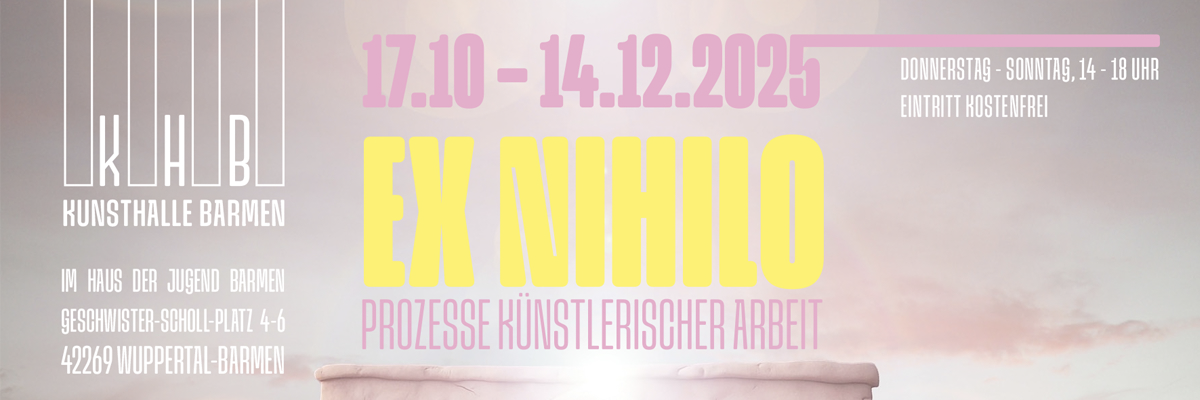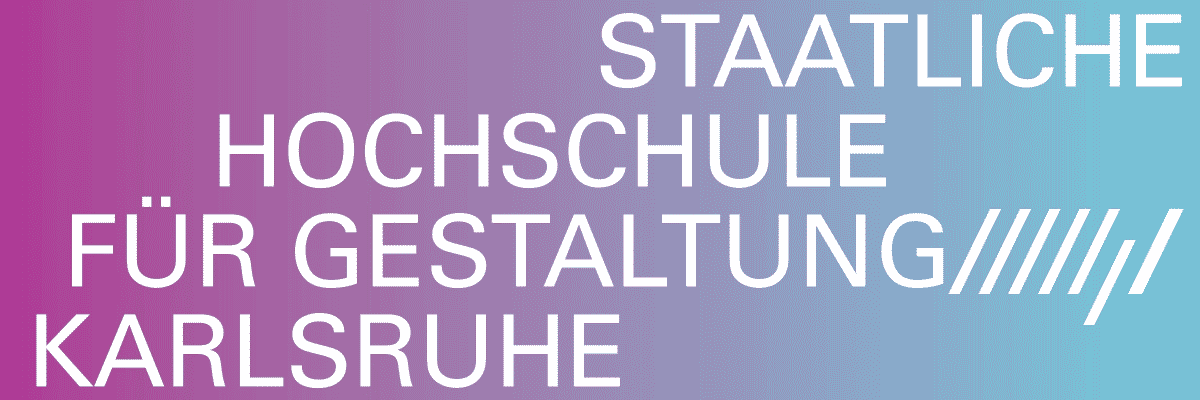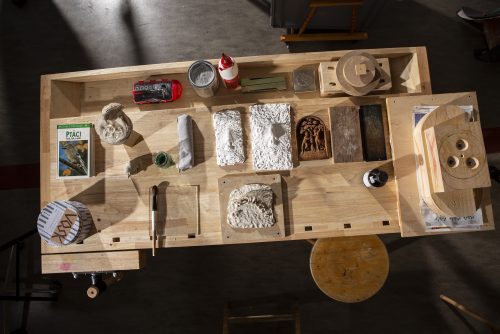
Juliane Tübke & Alison Darby
At the Ryck
Project Info
- 💙 Greifswald’s botanical garden
- 🖤 Juliane Tübke & Alison Darby
- 💜 Ulrike Gerhardt
- 💛 CHROMA
Share on
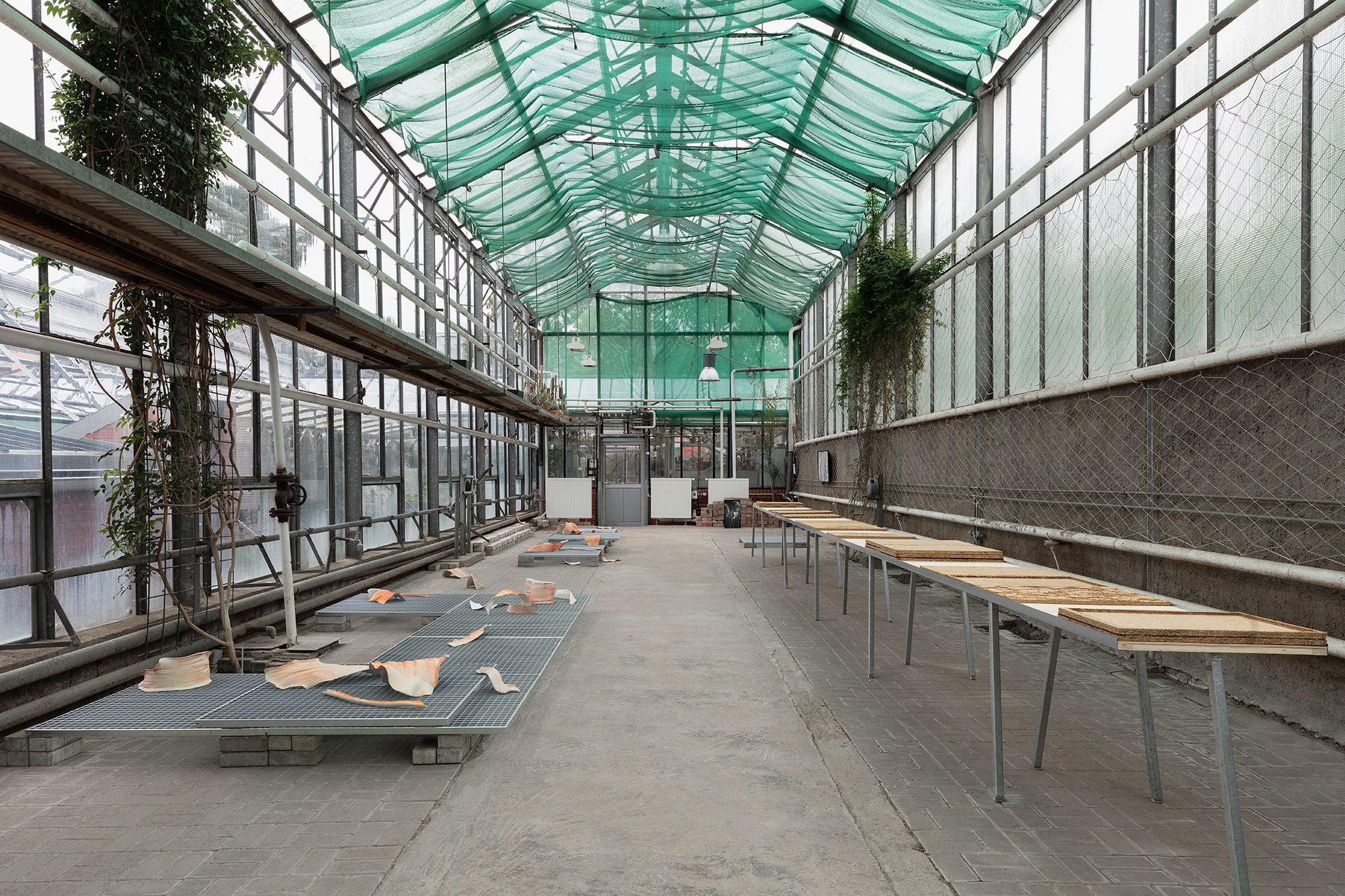
Exhibition view: Am Ryck
Advertisement
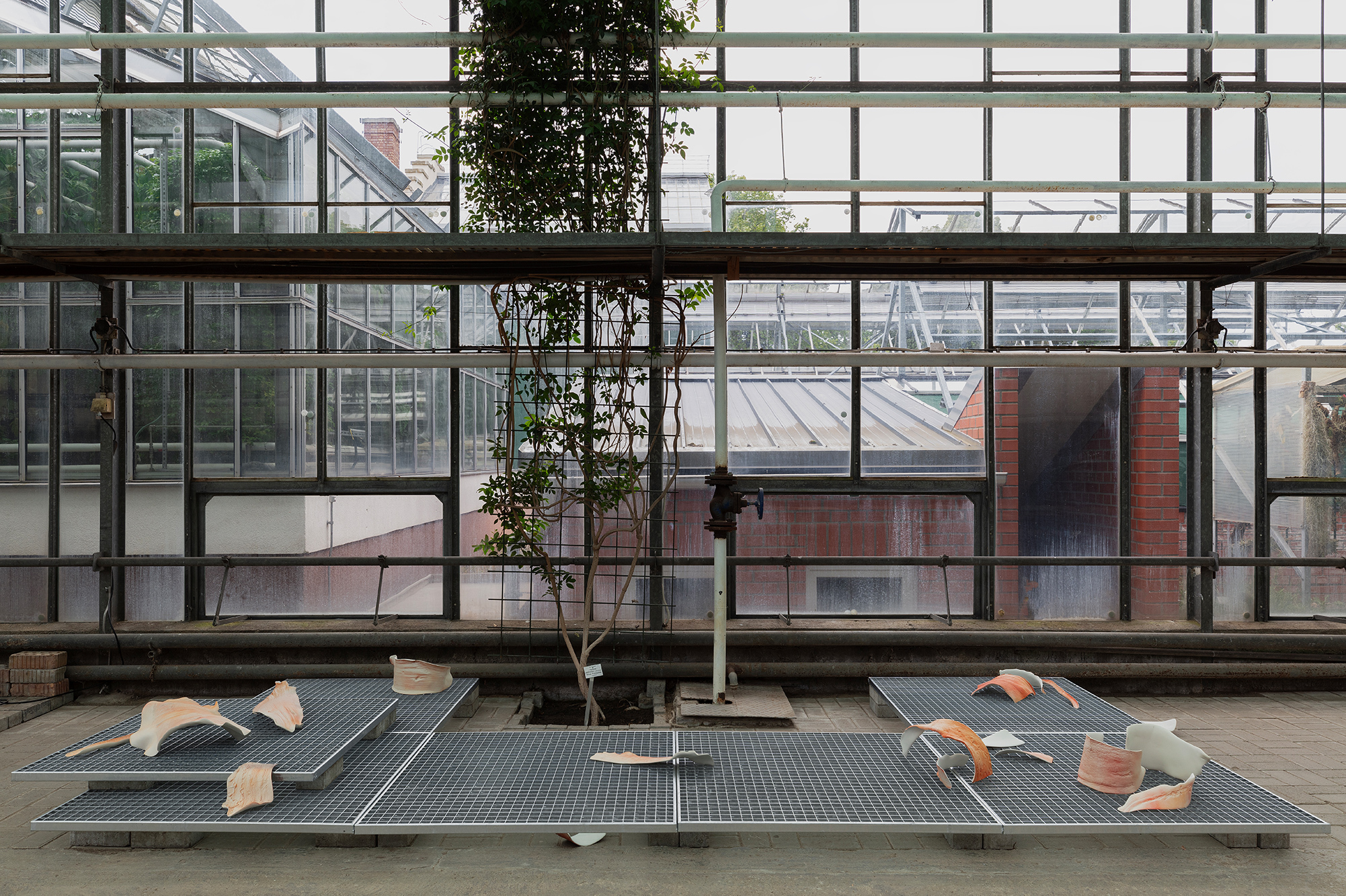
Erl, 2024, site-specific installation, porcelain clay, spray paint, grids, bricks, dimensions variable
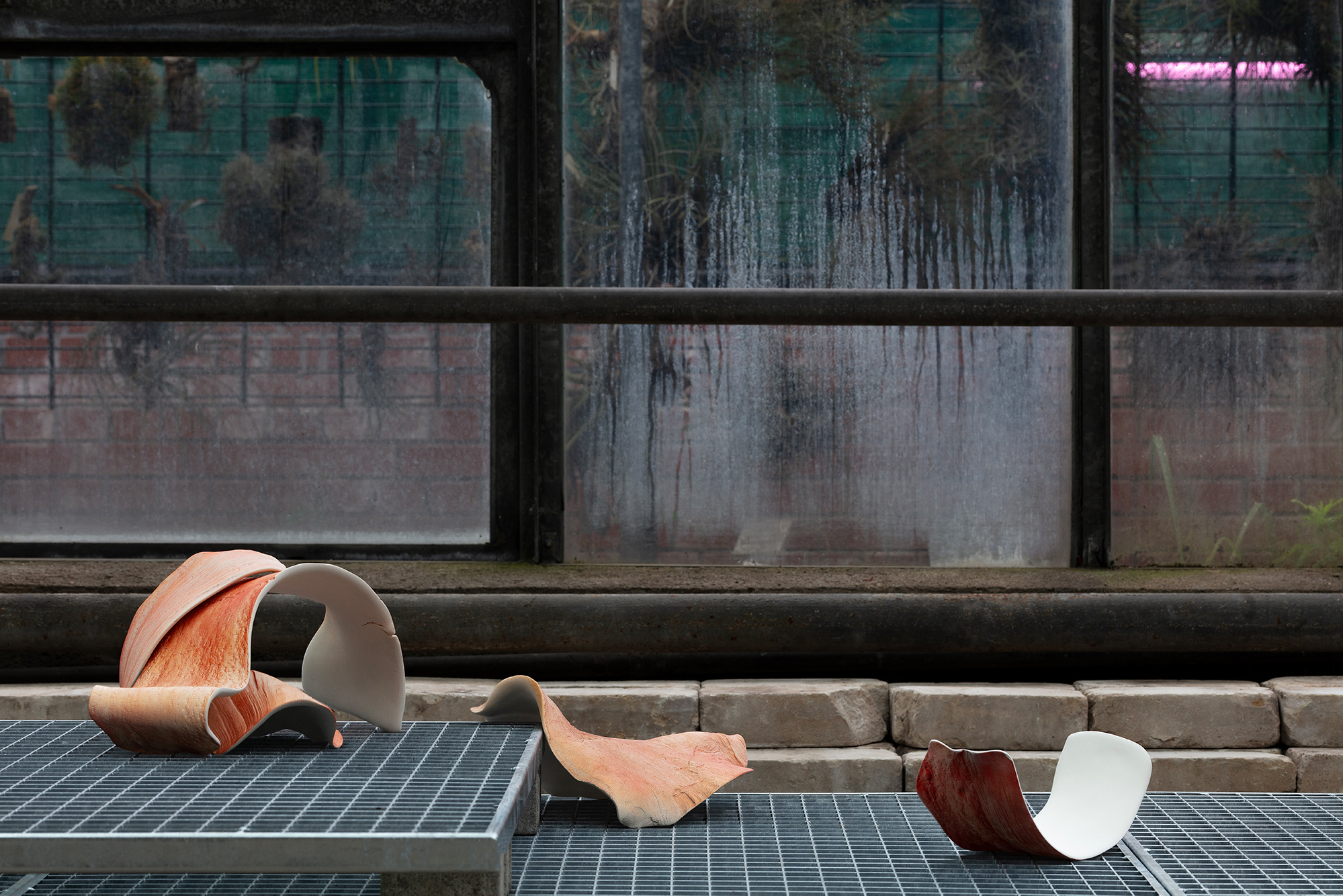
Erl (Detail), 2024, site-specific installation
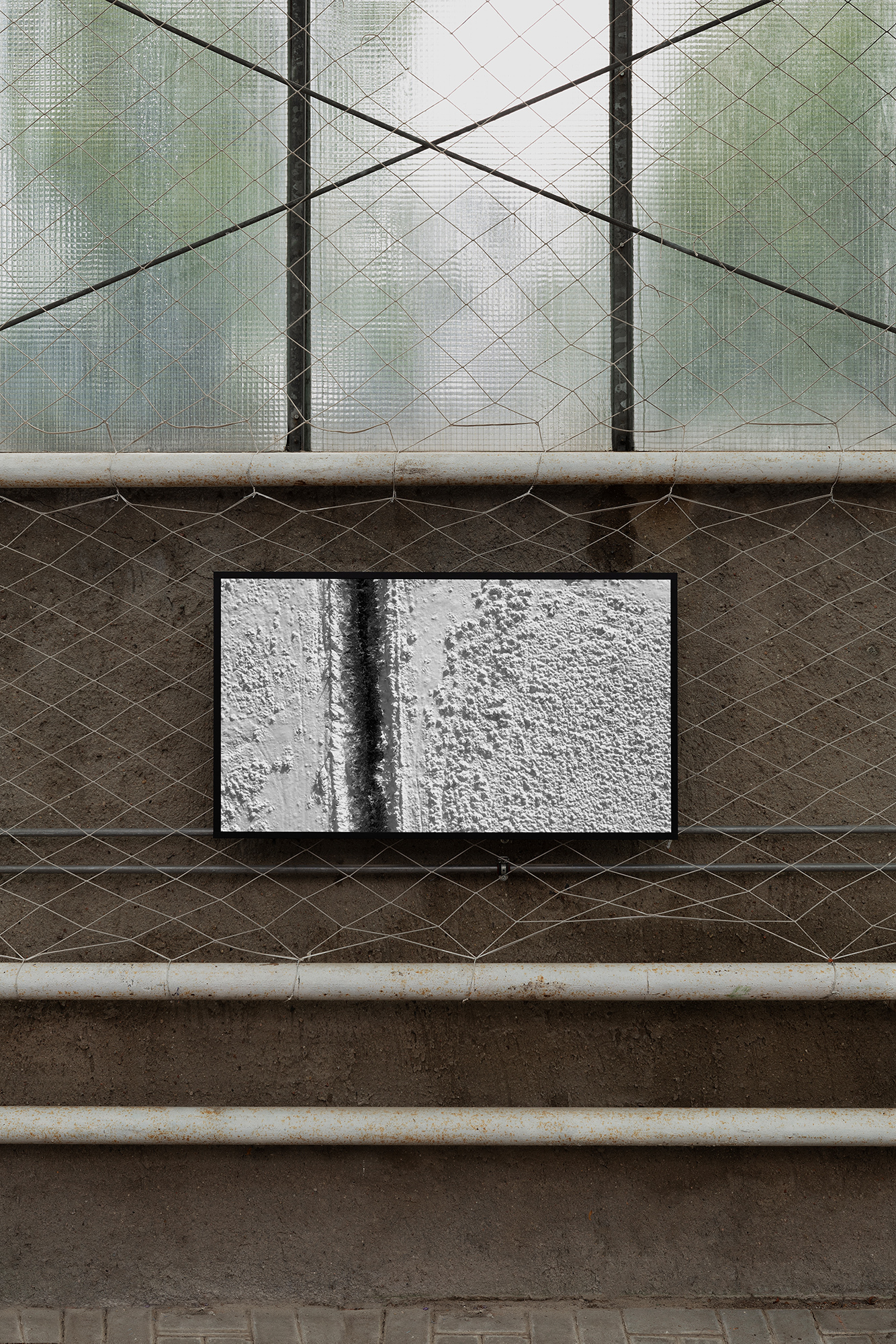
Cuts, 2024, Video installation
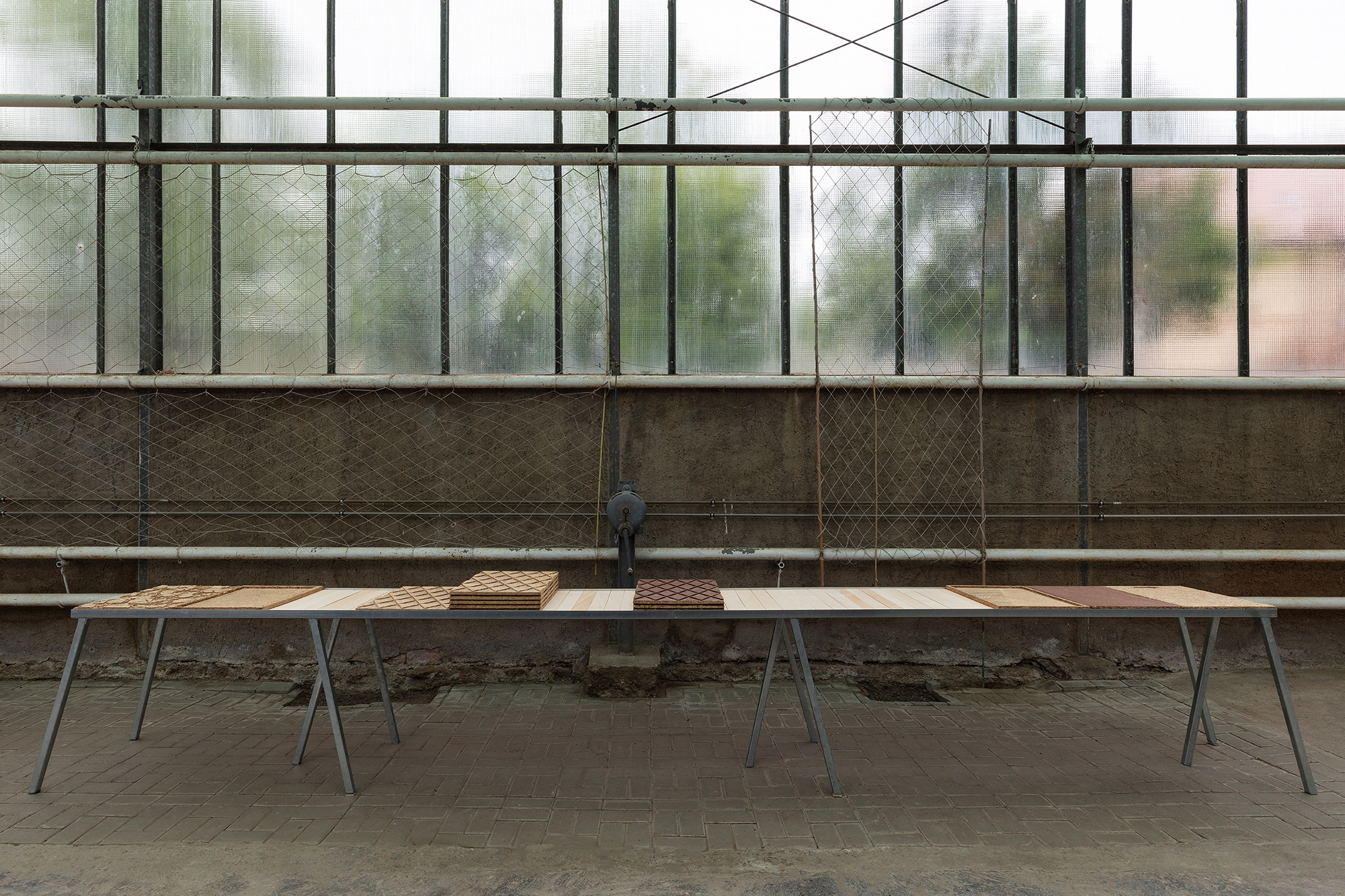
Chip, 2024, chipboards made from reed, sedge and reed canary grass fibres, and strawberry pomace
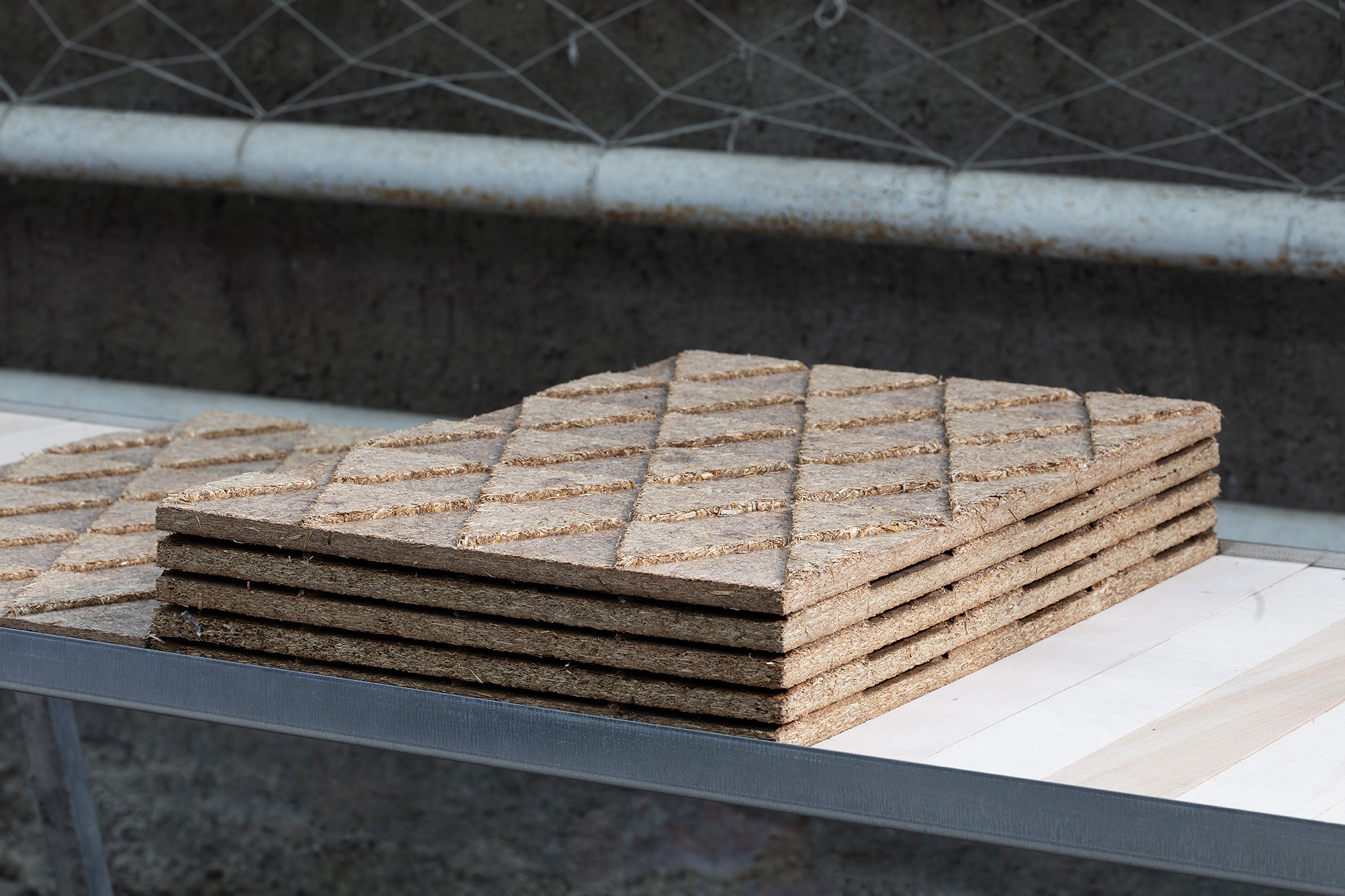
Chip (Detail), 2024
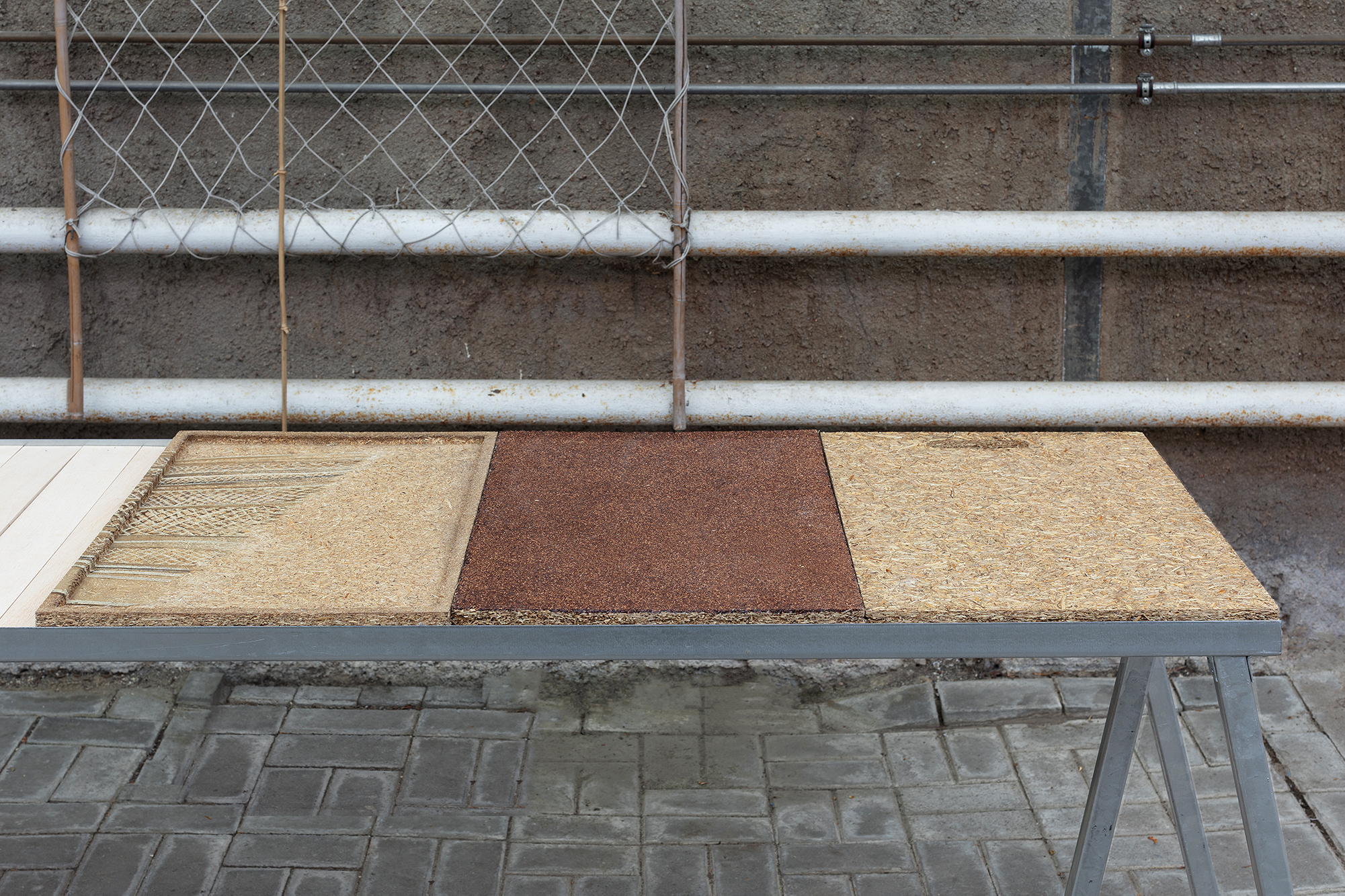
Chip (Detail), 2024
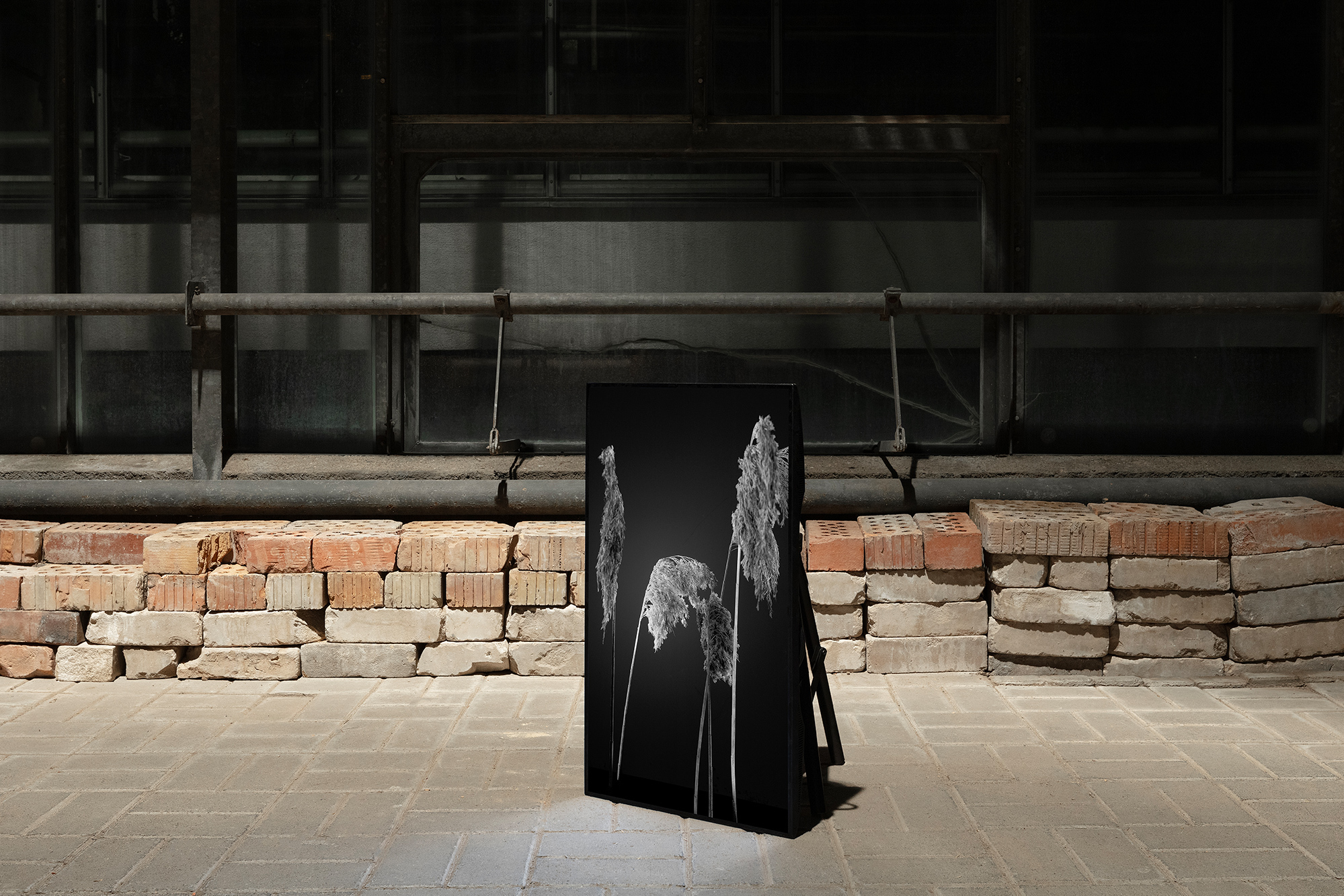
Unter den Wiesen (Detail), 2024, video installation with 3 screens
In their duo exhibition Am Ryck (engl. At the Ryck) in Greifswald’s botanical garden, the artists Juliane Tübke and Alison Darby explore the history and future of the drained peatland landscapes around the Ryck meadows and the Steinbecker Vorstadt polder in Greifswald. The exhibition focuses on the development of the Ryck meadows as captured in the drawing Am Ryck in Greifswald mit Blick auf die Mühlen vor der Steinbecker Schanze (1801) (engl. At the Ryck in Greifswald with a view of the mills in front of the Steinbecker Schanze) by the German painter Caspar David Friedrich. In 1801, he drew the Ryck meadows in washed ink from the banks of the Ryck. The drawing was created when the area was first used as pastureland: At that time, the process of peatland drainage – which would continue for centuries – had already been started with the help of windmills and small ditches. In the context of their exhibition, the artists examine how the complex history of the drainage of the Ryck meadows has since then affected the peatland ecosystem up to the present day.
Ulrike Gerhardt
